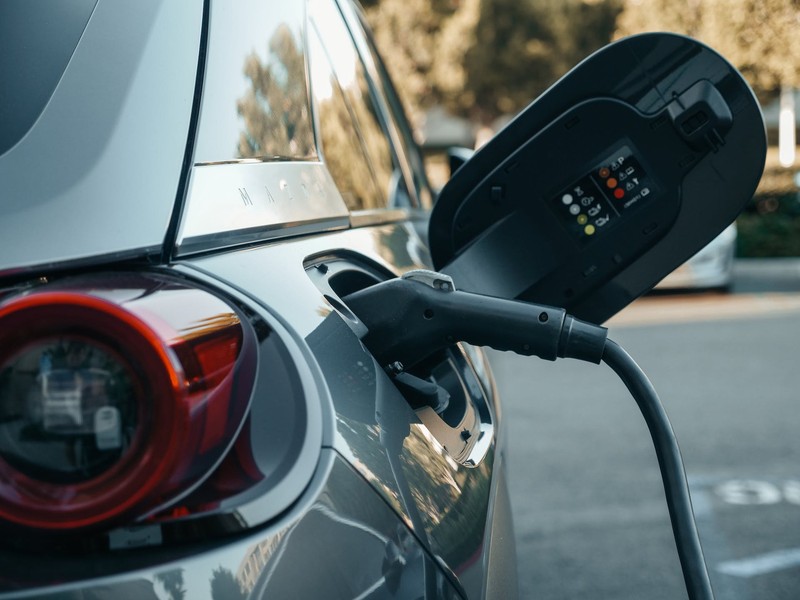Electricity market in NO1 (East) zone of Norway
Introduction to Norway's electricity price zones
Norway's electricity market structure is unique, segmented into five distinct price zones. This segmentation ensures efficient energy distribution and pricing across the country. Among these, the NO1 zone, located in Eastern Norway, is of particular significance.
The NO1 zone includes Oslo, Norway's capital. Oslo is not only the largest city in this zone but also serves as the country's economic and administrative center. The city's prominence influences the energy dynamics in the NO1 zone.
Smart metering in norwegian households
In line with EU regulations, Norway has fully embraced smart meter technology. Each household, including those in the NO1 zone, is equipped with these advanced meters. Smart meters are pivotal for energy management and efficiency.
These meters record electricity usage every hour. This frequent data collection provides consumers with detailed insights into their consumption patterns. In the NO1 zone, many households have adapted their usage based on this data, optimizing their energy consumption.
Additionally, a significant portion of households in this zone have their electricity plans linked to the spot price. These plans are responsive to the hourly fluctuations in electricity prices, which are displayed on this page. This system allows consumers to make informed decisions about their energy use.
Energy production in Norway
Norway's approach to energy production is heavily focused on sustainability. The country primarily relies on renewable energy sources, with hydroelectric power being the cornerstone. In the NO1 zone, hydroelectric plants are a key feature of the energy landscape.
These plants harness Norway's rich water resources, converting them into clean and sustainable energy. This emphasis on hydroelectric power not only meets local energy demands but also aligns with Norway's broader environmental commitments.
Electric vehicles in Norway

Norway is a pioneer in the adoption of electric vehicles (EVs), a trend that is clearly evident in the NO1 zone. The region has witnessed a substantial increase in EV usage, driven by supportive government policies and a robust charging infrastructure.
This shift towards electric vehicles is a critical element of Norway's environmental strategy. By reducing reliance on fossil-fueled transportation, the NO1 zone contributes significantly to the country's overall emission reduction goals.
Norway's integration with the EU electricity market
Although Norway is not an EU member, it has a vital role in the European electricity market. The country's energy sector is interconnected with the European grid, facilitating a seamless energy exchange.
These interconnections enable Norway to export its surplus renewable energy, particularly hydroelectric power, to its neighbors. Conversely, Norway can import energy when domestic production is insufficient. This cooperative approach enhances energy security and efficiency both in Norway and across Europe.
